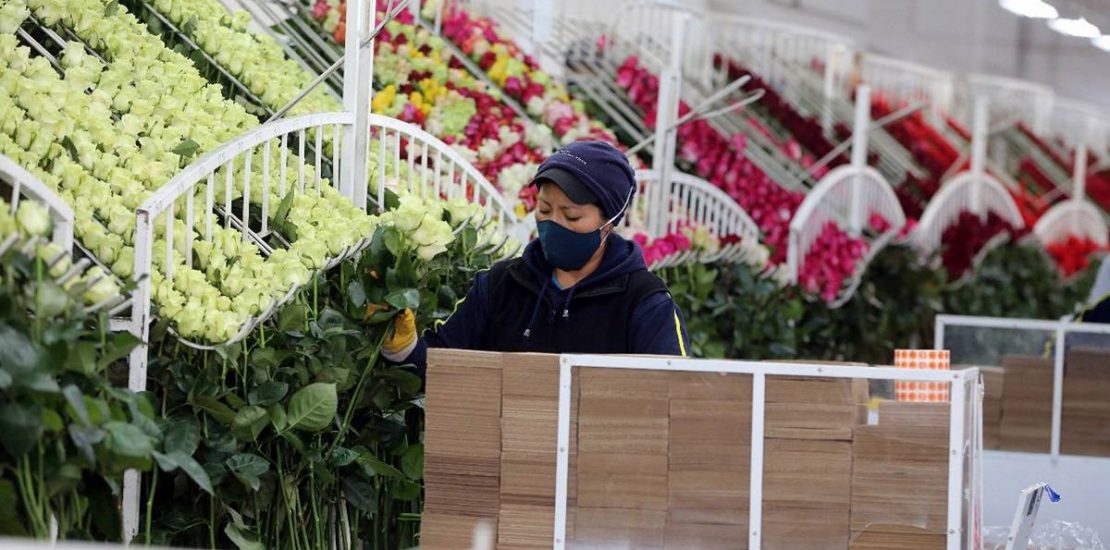- February 1, 2021
- Posted by: medium
- Category: National

With a 2020 to be forgotten, the Ecuadorian flower sector sets its hopes for recovery in 2021, especially on the first important date of its export calendar, theValentine's Day, a season that for this industry represents the30 %of sales for the entire year.
This is what he assuredAlejandro Martínez, representative of the National Association of Flower Producers and Exporters of Ecuador (Expoflores), who pointed out that for this season it is planned to export$230 millionto the different markets, some17,900 tons, especially to the United States, which is the destination of the58 %of the total flower production of Ecuador; although he regretted that last year around $260 million were exported by that date.
It is estimated that 120,000 boxes of flowers left daily from last Thursday until this Monday by air to meet market demand.
According to theEcuadorian Federation of Exporters (Fedexpor), floriculture has consolidated itself into one of the most important sectors of the country's non-traditional supply. According to official information, in Ecuador there are more than 1,440 farms dedicated to floriculture that generate around 100,000 jobs.
According to figures from the Central Bank, from January to November 2020,$755 millionin flowers and is ranked sixth in importance behind bananas, shrimp, fishing, cocoa and wood.
However,Felipe Ribadeneira, president of Fedexpor, indicated that due to a reduction in the hectare of production, the flower sector estimates a drop in exported volume of more than 8% for the Valentine's season.
Martínez added that there was also a decrease in8 %in flower exports in 2020 compared to 2019; and conforms to the hectare reduction by pointing out that it is the17 %less.
“We are complicated, obviously, we reduced -8% this year (2020) compared to 2019 and apart from that, 17% of productive hectares were reduced, those productive hectares have not been recovered, they have not been reinvested, so that production there is no ", stated the union leader, who assured that the recovery depends on consumption and the only market that has a consumption projection in 2021 is the United States, with 5% growth in total consumption.
Regarding the projections for this year, Martínez projects a growth of 1% compared to 2020. “It is good, but it is not that we are going to be recovered, we are still going to be in pieces,” lamented the Expoflores representative.
Meanwhile, the inclusion this year of Ecuadorian flowers within theGeneralized System of Tariff Preferences (GSP)offered unilaterally by the United States since 2014, when the ATPDA ended, also appears as a relief for the sector, since since last November 1 they stopped paying the6,8 %of tariff, which represented some$24 millionannual.
However, the benefit has been temporarily suspended since January 1 due to the expiration of the system, whose reactivation is the responsibility of the North American Legislature.
“Once the system is reactivated, the entire application is made retroactive from January 1, 2021 and is renewed for the years indicated by Congress,” explained Martínez, who believes that the GSP should begin to be applied between March and April.
For his part, Ribadeneira pointed out that the inclusion of roses in the GSP will allow the flower sector to regain competitiveness compared to its direct competitors.
He indicated that at the moment, the flowers, as well as more than300 productsof Ecuador's exportable basket that goes to the United States are awaiting the renewal of this scheme.

